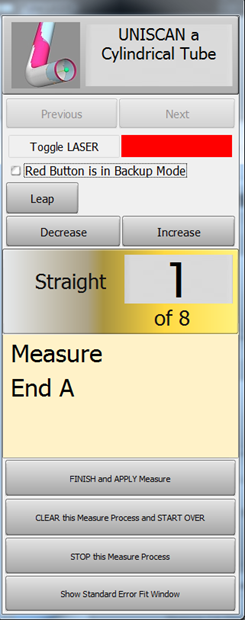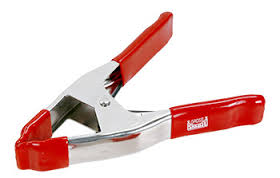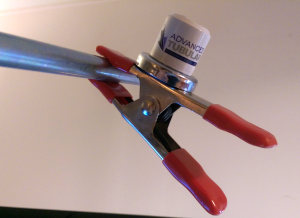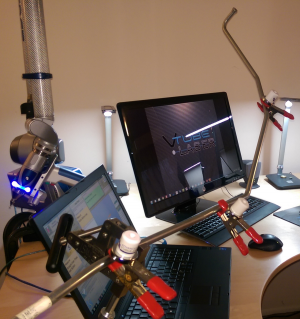Difference between revisions of "How to Reverse Engineer with Split Bend"
(→STEP 4: Measure The Part) |
(→STEP 4: Measure The Part) |
||
| Line 81: | Line 81: | ||
</td> | </td> | ||
<td width=400 > | <td width=400 > | ||
| − | [[image:vtube-laser-v2.2_measureguide_cylindricaltube.png | + | [[image:vtube-laser-v2.2_measureguide_cylindricaltube.png]]<br> |
</td> | </td> | ||
</tr> | </tr> | ||
Revision as of 00:49, 4 February 2016
|
Contents |
How to Reverse Engineer Using Split Bend
|
The Split Bend feature allows you to accurately measure bends that equal or exceed 180 degrees. |
STEP 1: Enter PART SETUP Data
|
Enter the Part Setup data for the new part. Especially enter the DEFAULT RADIUS. (You can measure the radius if necessary in Measure Process.) |
STEP 2: Populate the MASTER TUBE DATA Grid
|
Since the Split Bend feature creates a grid based on the number of straights in the MASTER data, it is important to set the number of points that you will be measuring in the reversed tube. |
STEP 3: Configure the Split Bend Window
|
The Split Bend window is on the Bend Setup tab in the MASTER TUBE menu. Click into that window. |
|
|
In the Split Bend window, set any straight that will be treated as a Split Bend. |
STEP 4: Measure The Part
|
This step is identical to regular reverse-engineering measuring. |
Move the Tube During Measure
Other Pages
- Back to VTube-LASER
- See also Calibration-Leapfrog-Move Targets
- Purchase the targets at the store.









